Incredible Facts of Harris and Lewis
This web page and the video contain Incredible Facts of Harris and Lewis.
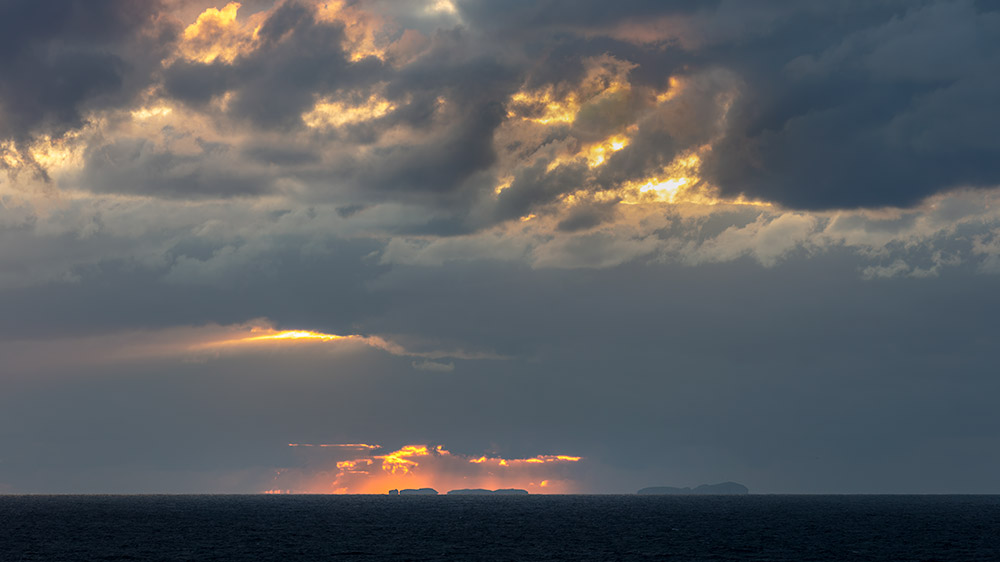
Incredible Facts of Harris and Lewis
I have just returned from an epic trip to the Outer Hebrides. It’s easily my favourite location on the planet for landscape photography.
It’s only May and I have already visited the Island three times. Twice, running successful 5-day workshops and a third trip which lasted for ten days and was for a personal project.
During my recent trip, I created a video where I went in search of an incredible Bothy. During this video, I also laid bare a dozen fascinating facts about the Island.
WORKSHOP INFO: CLICK
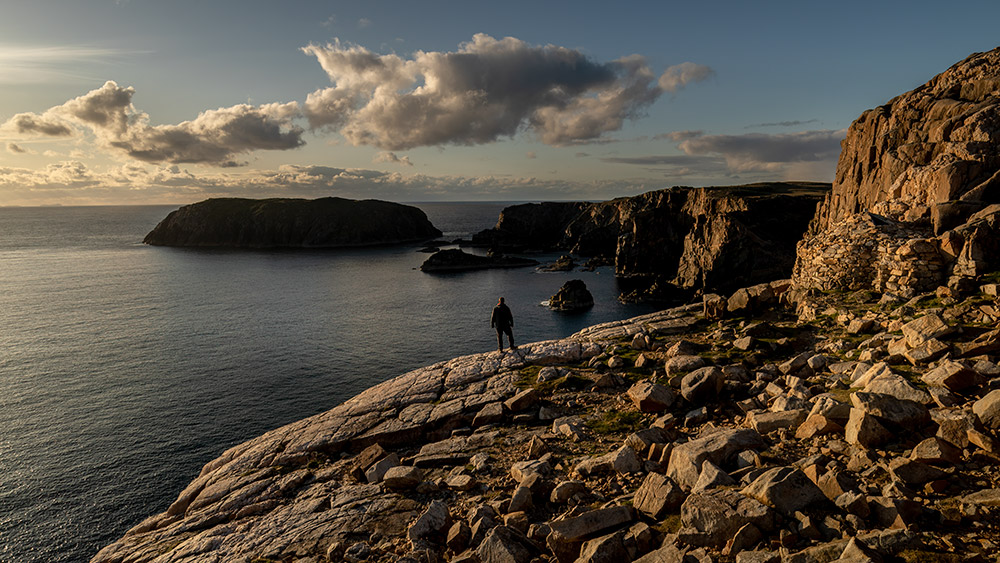
Incredible Facts of Harris and Lewis
I divulge the best facts in the video but Just to whet your appetite, these are just a few interesting facts about Harris and Lewis.
- Harris and Lewis are the largest and most northern of the Scottish Outer Hebrides islands.
- The two islands are actually connected, with Harris to the south and Lewis to the north.
- Harris and Lewis are home to some of the most stunning beaches in Scotland, including Luskentyre, Traigh Mhor, and Uig.
- The islands are also home to some of the oldest structures in Scotland, including the Iron Age complex at Dun Carloway and the Callanish Standing Stones.
- The Gaelic language is still spoken by many people on Harris and Lewis, and it is a key part of the islands’ cultural heritage.
- The islands are famous for their tweed, which has been produced on Harris for centuries.
- The Harris Tweed Authority was established in 1909 to help protect the tweed industry and ensure the quality of its products.
- The islands are also known for their unique musical traditions, including the Lewis psalm-singing tradition and the Harris pipe band.
- The main town on Lewis is Stornoway, which is also the largest town in the Outer Hebrides.
- Lewis is home to several notable museums and cultural institutions, including the An Lanntair arts centre and the Lewis Chessmen Exhibition.
- The islands are renowned for their rugged and wild landscape, which offers plenty of opportunities for hiking, wildlife spotting, and outdoor recreation.
- The Hebridean Way, a long-distance walking and cycling route, runs the length of the islands and offers an incredible way to explore their natural beauty.
- Harris and Lewis are also home to a unique wildlife population, with over 200 species of birds, including eagles and puffins, as well as otters, seals, and dolphins.
- Eilean Glas lighthouse was the first lighthouse on the whole west coast of Scotland.
Only one of the aforementioned facts actually made the video. I have held the most interesting and fascinating facts back.
Here’s a teaser…
- Are there MOON ROCKS on the Island of Harris?
- Was there a real 007 JAMES BOND living on the Island?
- Did the Island once lay on the equator?
- Could I have bought the Island of Harris for £15,000?
- Does Donald Trump come from the Isle of Lewis?
- Are there only two land mammals that originate from the Island?
Spoiler alert, the answer is YES to all of the above, intrigued? watch the video.
Incredible Harris and Lewis Facts you might not know!
In this video, I also search for the incredible Mangersta Bothy
More Incredible Facts of Harris and Lewis
The Callanish Stones, also known as Tursachan Chalanais in Scottish Gaelic, is an arrangement of 13 standing stones located on the Isle of Lewis in Scotland. The stones date back to around 2900 BC and are believed to have been used for ritualistic purposes or as part of an astronomical observatory.
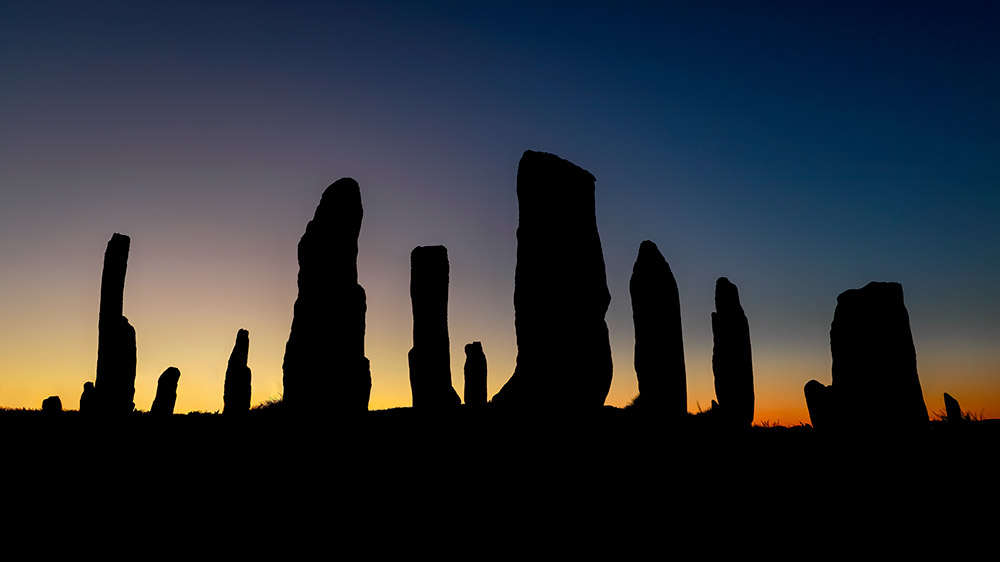
The stones were first recorded in the mid-17th century by the Scottish antiquary John Aubrey, who noted the site as “the northern Stonehenge”. However, it wasn’t until the 19th century that interest in the stones began to grow, with various scholars visiting the site and speculating on their meaning and significance.
In 1857, a group of stones was removed from the site and taken to London, where they were used to construct a new building. This caused widespread outrage among the local community, who demanded their return. In 1889, the remaining stones were protected by the government and a replica was erected at the site of the missing stones.
Since then, the Callanish Stones have become a popular tourist attraction, drawing visitors from all over the world. They have also been the subject of much speculation and debate, with various theories put forward to explain their purpose, ranging from astronomical observation to ritualistic sacrifice.
Despite the mysteries that still surround them, the Callanish Stones remain an important and fascinating part of the ancient history of Scotland, providing a glimpse into the lives and beliefs of our distant ancestors.
Eilean Glas lighthouse
Eilean Glas lighthouse is located on the Isle of Scalpay, which is part of the Outer Hebrides of Scotland. The lighthouse was built in 1824 and was designed by the famous lighthouse engineer Robert Stevenson. The lighthouse was constructed in response to the increasing number of shipwrecks along the coastline of Scotland and the need for a reliable navigation system for vessels.
The lighthouse stands on a rocky islet just off the coast of Scalpay, and its tower reaches a height of 36 meters (118 feet). The lighthouse’s original light source was a set of Argand lamps, which were fueled by whale oil and emitted a fixed white light that could be seen for up to 20 miles (32 kilometres) in clear weather.
Over the years, the lighthouse has undergone several changes and upgrades. In 1907, a foghorn was installed on the island to help ships navigate in poor weather conditions. In 1967, the lighthouse was automated, and the last keeper left the island. The original lamps were replaced with electricity, and the original lantern was replaced with a modern, rotating light that could be seen for up to 24 miles (39 kilometres).
Today, Eilean Glas Lighthouse is still in operation and is managed by the Northern Lighthouse Board. The foghorn has been removed, and the lighthouse is fully automated, with its light source powered by solar panels. Although the lighthouse is no longer staffed, visitors can visit the island and tour the tower during the summer months. The Eilean Glas lighthouse is an important part of Scotland’s maritime history and a popular attraction for visitors to the Outer Hebrides.
Mangersta Bothy
Mangersta Bothy is located on the rugged coast of the Isle of Lewis in the Outer Hebrides of Scotland. The bothy was originally built in the 19th century as a fishing shelter for local fishermen who fished in the surrounding waters. It was used primarily as a base for the seasonal fishing industry, which was an essential source of income for the local community.
Over time, the fishing industry declined, and the bothy fell out of use. However, in 2001, a group of local residents and volunteers came together to restore the bothy and turn it into a community facility. They successfully secured funding from the Heritage Lottery Fund and Scottish Natural Heritage, and in 2006, the fully renovated bothy was officially opened.
Today, Mangersta Bothy is used as a base for walkers, cyclists, and other visitors to the area who wish to explore the stunning landscape of the Outer Hebrides. The bothy has been designed to be environmentally sustainable, with solar panels providing electricity and a compost toilet. Visitors are welcome to stay overnight in the bothy, but are asked to leave it clean and tidy for the next person.
Mangersta Bothy has become a much-loved and valued community asset, providing a unique and authentic experience of life on the rugged and beautiful Isle of Lewis.
A brief history of the Island
The history of Harris and Lewis has been shaped by a variety of cultures throughout the centuries. The island is believed to have been inhabited since Neolithic times, with evidence of settlements dating back over 5,000 years. The Callanish Standing Stones, a Neolithic ritual site, is amongst the oldest and surviving sites on the island today.
The island was first occupied by the Celtic people around 500 BC and was later invaded by Norse Vikings sometime in the 9th century. The Viking influence can still be seen in the place names, such as Stornoway, which means Stafnøya in Old Norse, or Skye, which comes from Skildir, the Norse word for cloud.
Over the centuries, the island became heavily involved in the wool trade, and Harris Tweed gradually became a valuable export product, renowned today as some of the finest woollen fabric in the world. The Harris Tweed Act was passed by Parliament in 1993, establishing the Fabric as a unique heritage product that can only originate from the Hebrides.
Throughout its history, the island of Harris and Lewis has been a stronghold of the Scottish Gaelic language, although English has been the main language for over a century. The most common form of Gaelic spoken on the island is still the North Uist variety.
During World War II, the island became a centre of the war effort, with several SEABEE camps set up across the islands as part of a massive construction effort to build airfields, piers, and other defences against possible Nazi invasion.
Today, Harris and Lewis welcome visitors from around the world to explore its rugged landscapes, rich culture, and fascinating history. The people of this unique island take pride in their heritage, and their unique language, share traditions, and skilled craftsmanship still continue to draw visitors to this Scottish treasure.
Sorry to finish on a sombre note.
I hope you enjoyed the video and the facts contained within.
Gary
Interested in a Harris and Lewis Workshop?
Latest dates here
► WORKSHOPS
► ABOUT ME
► MY GEAR
► FACEBOOK
► YOUTUBE
► INSTAGRAM
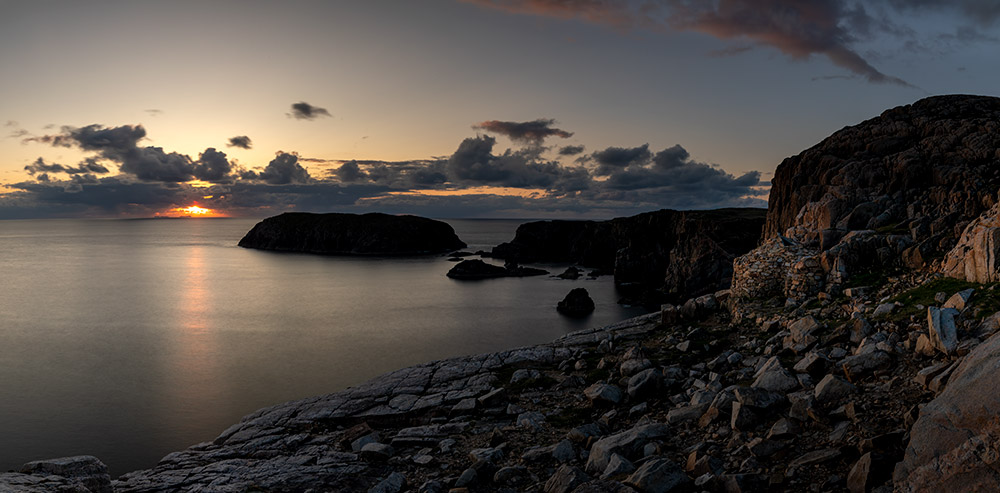
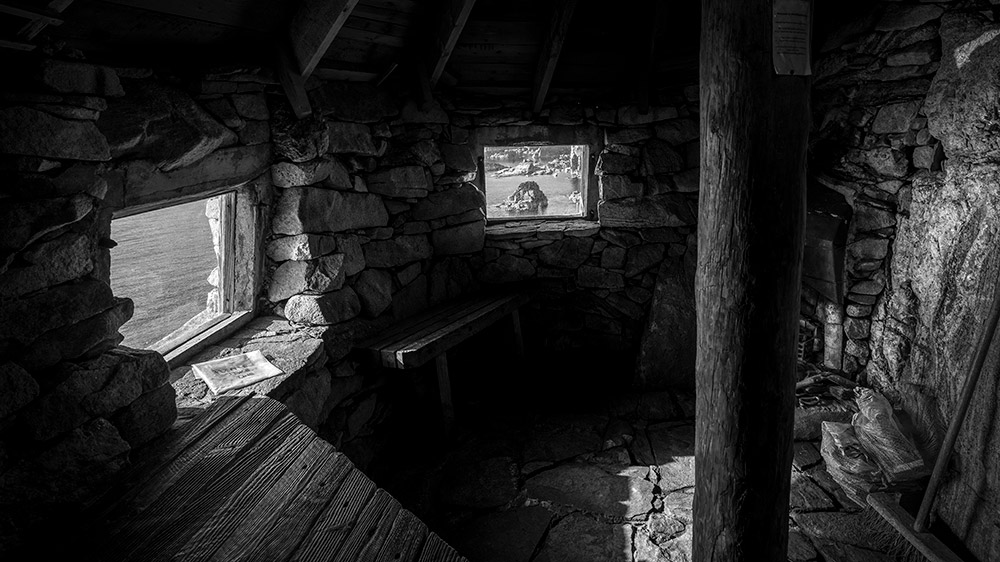
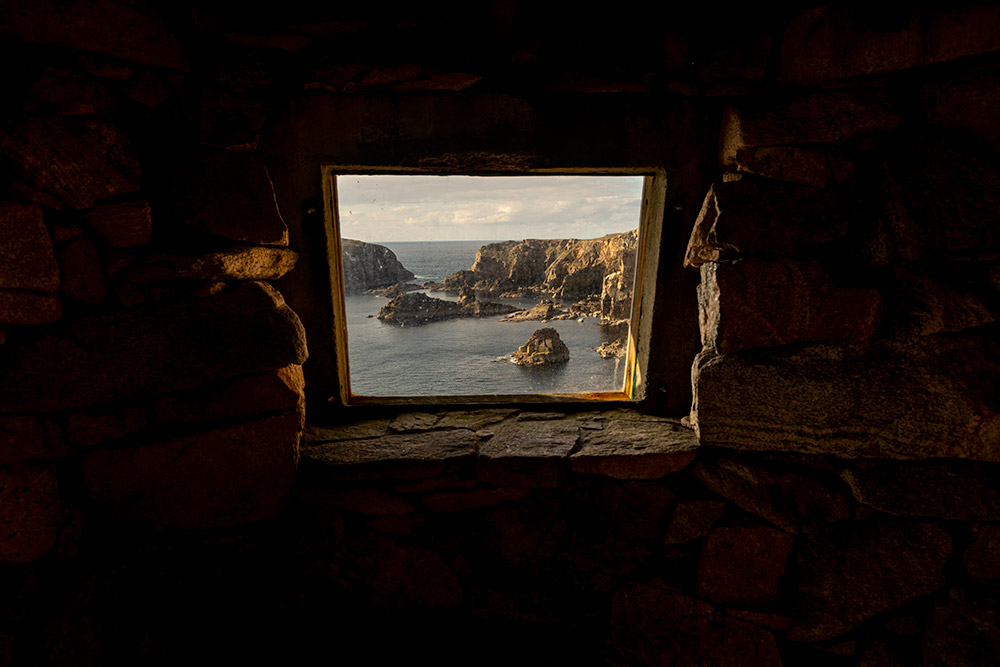
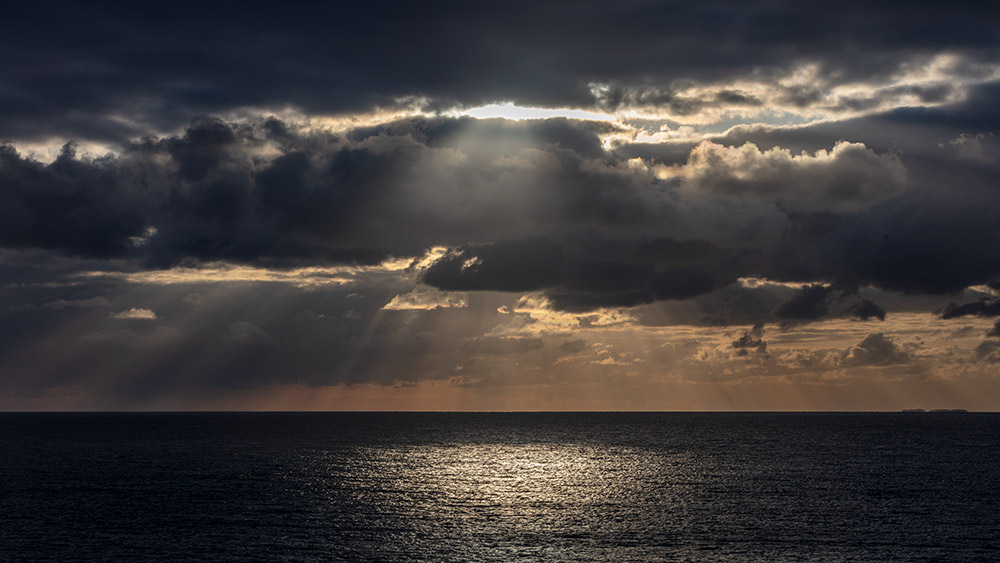
Tell us about your thoughtsWrite message